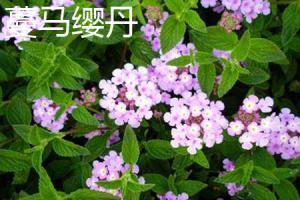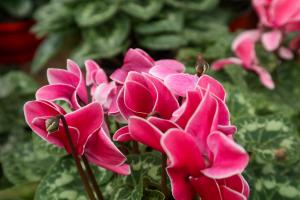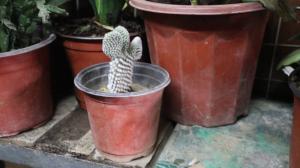What is Wormwood Plant?
Wormwood plant, also known as Artemisia absinthium, is a perennial herbaceous plant that belongs to the Asteraceae family. It is native to Europe, Asia, and North Africa but has since spread to other parts of the world.
Appearance
Wormwood plant can grow up to 4 feet tall and has small yellow flowers that bloom in the summer. Its leaves are grayish-green in color and are covered in fine hairs that give the plant a fuzzy appearance. Wormwood plant has a distinctive aroma that is often described as bitter and pungent.
Medical Uses
Wormwood plant has a long history of medicinal use. It has been used to treat a variety of ailments, including digestive problems, fever, and menstrual cramps. The plant also contains a chemical compound called artemisinin, which has been found to be effective in treating malaria.
However, it is important to note that wormwood plant can be toxic in large amounts and should only be used under the guidance of a qualified healthcare provider.
Culinary Uses
Wormwood plant is also used in culinary applications. It is commonly used to flavor alcoholic beverages, such as absinthe and vermouth. The plant's bitter taste is said to stimulate the appetite, aid in digestion, and act as a natural preservative.
In addition to its use in alcoholic beverages, wormwood plant can also be used to flavor foods such as meats, soups, and salads. However, it is important to use it sparingly, as its bitter taste can easily overpower other flavors.
Insect Repellent
Wormwood plant has also been used as a natural insect repellent. Its strong scent is said to deter insects such as mosquitoes, flies, and moths. The plant's essential oils can be harvested and used in a variety of ways, such as in candles, sprays, and lotions.
It is important to note that while wormwood plant can help repel insects, it should not be used as a substitute for other insect-repelling methods, such as using insect repellent sprays or wearing protective clothing.
Conclusion
Wormwood plant is a versatile herb that has a wide range of uses. From its medicinal benefits to its culinary and insect-repelling properties, this plant has been used for centuries. However, it is important to use it in moderation and seek guidance from a qualified healthcare provider before using it for medicinal purposes.

 how many times do yo...
how many times do yo... how many planted tre...
how many planted tre... how many pine trees ...
how many pine trees ... how many pecan trees...
how many pecan trees... how many plants comp...
how many plants comp... how many plants can ...
how many plants can ... how many plants and ...
how many plants and ... how many pepper plan...
how many pepper plan...































